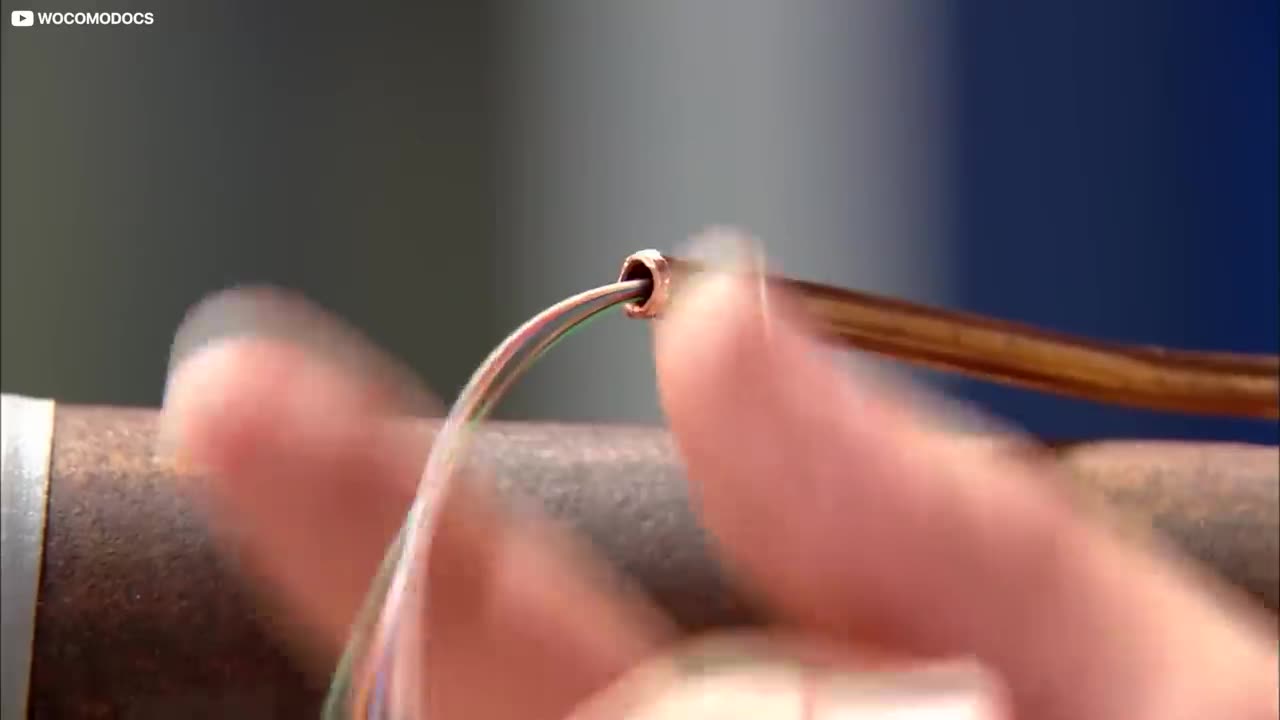Premium Only Content

"Uncovering the Secrets of Global Connectivity : How the Internet Travels Across Oceans"
The internet travels across oceans primarily through a network of undersea fiber optic cables. These cables, which are about the diameter of a garden hose, are laid on the ocean floor and connect continents and countries across the globe.
When data is sent over the internet, it is broken down into small packets of information. These packets are then transmitted through the cables using a technique called pulse code modulation (PCM). In PCM, the information is converted into a digital signal that can be transmitted through the cables.
The undersea cables are typically owned by a consortium of telecommunications companies and are maintained by specialized ships that periodically check and repair them. These cables are designed to be extremely durable and can last for decades.
The data transmitted through the cables travels at the speed of light, allowing for high-speed internet connections between different continents. However, the distance the signal has to travel can introduce latency, which can affect the speed and reliability of the connection.
In addition to undersea cables, satellite communication can also be used to transmit data across oceans. However, this method is generally slower and less reliable than fiber optic cables due to atmospheric interference and signal delays caused by the distance the signal has to travel.
-
 LIVE
LIVE
Redacted News
1 hour agoBREAKING! TRUMP DECLARES WAR ON OBAMA "TREASON" AS A DEEP STATE RINGLEADER IN RUSSIA HOAX | REDACTED
16,545 watching -
 LIVE
LIVE
Michael Franzese
1 hour agoPablo Escobar’s Son Breaks Silence About His Father, Narcos, and The Cartel
389 watching -
 LIVE
LIVE
Barry Cunningham
3 hours agoPRESIDENT TRUMP CONFIRMS THAT OBAMA IS THE TARGET! (AND MORE NEWS)
3,318 watching -
 LIVE
LIVE
LFA TV
19 hours agoLFA TV ALL DAY STREAM - TUESDAY 7/22/25
1,483 watching -
 UPCOMING
UPCOMING
Sarah Westall
13 minutes agoTapping into the Human BioField and how its Reshaping our Understanding of Life w/ Eileen McKusick
-
 8:35
8:35
Melonie Mac
3 hours agoNew Predator Badlands Trailer Just Dropped
6603 -
 UPCOMING
UPCOMING
freecastle
44 minutes agoTAKE UP YOUR CROSS- YES, Americans Want Safety and Secure Borders!
43 -
 2:06
2:06
Gamazda
1 hour ago $0.72 earnedBlack Sabbath - Paranoid (Piano)
7.64K16 -
 1:12:24
1:12:24
vivafrei
3 hours agoPam Bondi CORRECTS COURSE! Ghislaine Maxwell Will TALK? Special Guest Dr. Joel Warsh & MORE!
93.1K19 -
 1:19:13
1:19:13
Awaken With JP
3 hours agoObama Incrimination, Epstein Hoax, and Plenty of Nonsense - LIES Ep 101
27.2K22